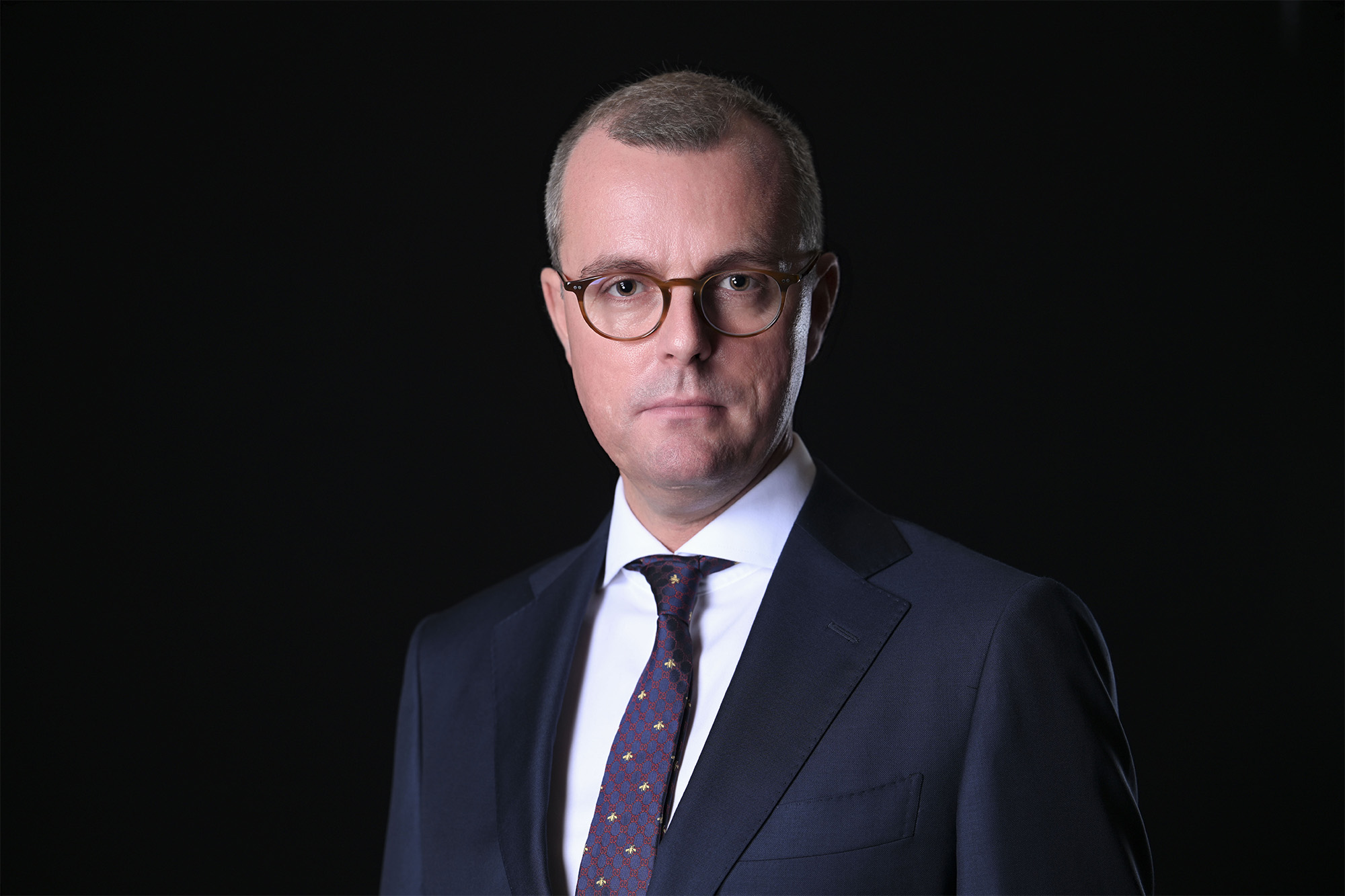The art market has been brought within scope of anti-money laundering regimes in the EU, the UK and the US. In addition, businesses need to the aware of the applicable sanctions rules, which have expanded greatly since the Russian invasion of Ukraine in February 2022.
Cybercrime and the international art trade today have much scope to collide. Much of the marrying up of the traditional art market with innovative digital solutions or products has been boosted by the Covid pandemic and the resulting restrictions on viewing artworks physically before entering into a transaction. This, in turn, has affected art businesses’ compliance obligations, including on their respective risk-based approaches to business operations. The pandemic also saw an increase in online auctions and underlined the need for AMPs to know who is behind the purchase and the source of their funds given that the lack of transparency can have a darker side and increased risk to businesses.
Money Laundering Regulations and the Art Market
On 10 January 2020, the UK transposed the EU’s Fifth Money Laundering Directive into domestic UK law. The Money Laundering Regulations 2019 widened the scope of the previous rules, including making AMPs regulated persons. As a result, AMPs are now required to identify the ultimate beneficial owner of the customer at the other end of the transaction. The requirement to identify the person a business is dealing with helps businesses to better identify suspicious transactions. In turn, this helps reporting to the authorities.
AMPs are defined as being any firm or sole practitioner who trades in or intermediates the sale or purchase of works of art, and the value of the transaction or series of linked transactions amounts to 10,000 euros or more. The Regulations also cover operators of freeports who store art amounting to 10,000 euros or more. This broad definition will capture most galleries, auction houses, dealers, and agents.
AMPs are defined widely and are subject to obligations that go beyond the previous requirements to report suspected money laundering or terrorist financing under the Proceeds of Crime Act 2002 (POCA).
Sanctions and the Art Market
In parallel to the tightening of AML obligations in the art market, international sanctions against Russia have reached unprecedented levels. This underlines the importance of businesses carrying out thorough customer due diligence on entities/individuals where there is a suspected Russian connection so as to be satisfied that they are not dealing with a designated entity/individual. Further, breach of sanctions can carry a prison sentence of up to 7 years.
In the UK, the government recommends searching the Office of Financial Sanctions Implementation’s (OFSI) consolidated list to check if you are dealing with a sanctioned individual/entity. The main western sanctions regimes (including the US, UK and EU) have also placed a sector-specific ban on dealing in luxury objects, including artworks, with any person in Russia.
Artworks that have been looted from museums or archaeological sites from warzones in Syria and Iraq (some of which to be sold on to finance terrorist activities), as well as during the Egyptian revolution in the past 20 years are also subject to controls under separate international regimes. Many individuals from these countries are sanctioned persons, bringing potential transactions under each of the sanctions regime, AML and anti-terrorism legislation. In relation to Syria, for example, there are a variety of criminal offences specific to the trade in Syrian cultural artefacts.
Since art is easier to transport and conceal than yachts and jets, it remains an attractive alternative for sanctioned individuals to transfer wealth and to store value
What should Art Market Participants do?
AMPs carrying on business in the UK should already have registered for money laundering supervision purposes with HMRC before 10 June 2021. Registration is compulsory and renewable each year. Failure to register will result in a fine. If an AMP still has not registered, and is already in breach of the law as a result, it should remedy this situation proactively and as quickly as possible.
There are significant additional compliance requirements that are a pre-condition for a relevant AMP to carry on its business activities.
In addition to the compulsory registration with HMRC (which also applies to foreign-based AMPs that qualify as carrying on business in the UK), an AMP must also
- draft a written risk assessment of its exposure to money laundering;
- maintain written policies, controls and procedures in relation to money laundering;
- carry out customer due diligence measures before it concludes a transaction;
- appoint a nominated money laundering compliance officer;
- ensure staff are trained appropriately;
- report any relevant suspicious transactions to the authorities; and
- keep appropriate records of customer due diligence performance and of transactions.
It is the responsibility of senior management to decide on and to guide the above risk-based approach. They must approve the AMP’s policies, controls and procedures for mitigating the risks identified in the risk assessment, appoint a nominated officer to report suspicious activity to the NCA and devote sufficient resources to implement policies, controls and procedures effectively. If they fail to do so, senior management can be held personally liable if they fail in these responsibilities. As AMPs have only just been brought within scope of 5AML, HMRC enforcement activity can be expected to put infringing AMPs “on notice” and compel them to act.
Where an AMP’s business activities include a significant degree of digital exposure, and the AMP may be particularly susceptible to cybercrime, senior management or its advisors ought to consider increasing the risk profile of the business.
Risk and compliance need to be at the forefront of the mind of anyone who participates in the art market. In a world of ever-increasing scrutiny from regulators, the need to take expert external advice where necessary and to review risk exposure and have proportionate policies and procedures in place has never been greater.






